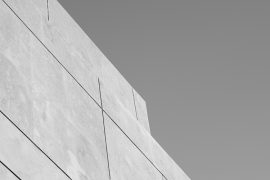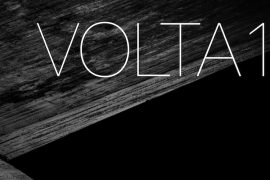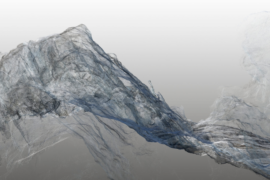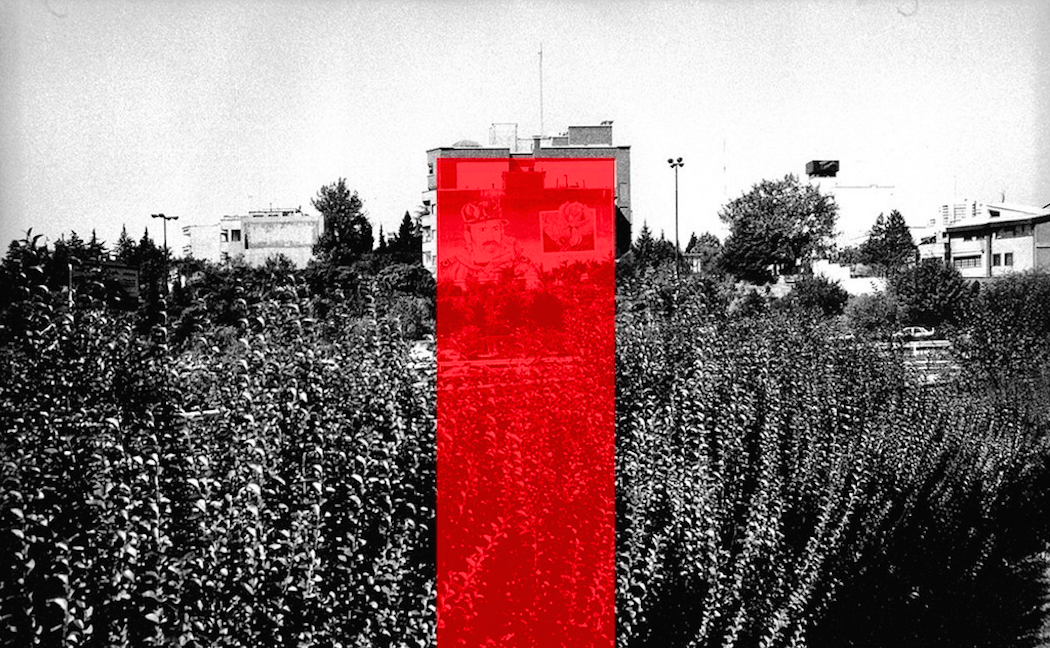This spring, Venice’s Ca’ Corner della Regina will transform into a compelling meditation on how we see, understand, and potentially manipulate information. “Diagrams,” opening May 10 at Fondazione Prada’s Venetian venue, presents a sweeping investigation into visual communication that spans from 40,000 BCE to today’s digital age.
Conceived by AMO/OMA, Rem Koolhaas’s research studio, the exhibition grapples with a deceptively simple premise: diagrams shape how we think. From ancient South African three-dimensional forms to contemporary infographics flooding our social media feeds, these visual tools don’t merely present data—they actively construct meaning, comprehension, and sometimes manipulation.
The show’s genius lies in its organization around nine pressing contemporary themes: Built Environment, Health, Inequality, Migration, Environment, Resources, War, Truth, and Value. Rather than treating diagrams as neutral vessels of information, the exhibition reveals them as powerful agents that influence human thought and potentially serve as vehicles for propaganda.
Central to the narrative is W.E.B. Du Bois, whose groundbreaking infographics for the 1900 Paris Exposition demonstrated how visual representation could advance social justice while simultaneously highlighting the medium’s potential for omission and bias. The exhibition traces this dual nature through Florence Nightingale’s life-saving medical visualizations, Charles Joseph Minard’s legendary diagram of Napoleon’s Russian campaign, and the propaganda graphics of 20th-century regimes.
Koolhaas’s own architectural practice provides a contemporary lens, having used diagrammatic thinking as a design tool since the 1970s. “Complex ideas are almost an intellectual or sometimes artistic pleasure,” he notes, explaining how diagrams became crucial for articulating architectural possibilities that might otherwise remain unarticulated.
Perhaps most provocatively, “Diagrams” arrives at a moment when our relationship with visual information has never been more fraught. In an era of big data and fragmented digital communication, the exhibition asks urgent questions about truth, interpretation, and the responsibility that comes with the power to visualize knowledge.
Running through November 24, this exhibition doesn’t just display 300 items across five millennia—it challenges visitors to become more critical readers of the visual information that increasingly shapes our world.
image credit: Fondazione Prada / Press







